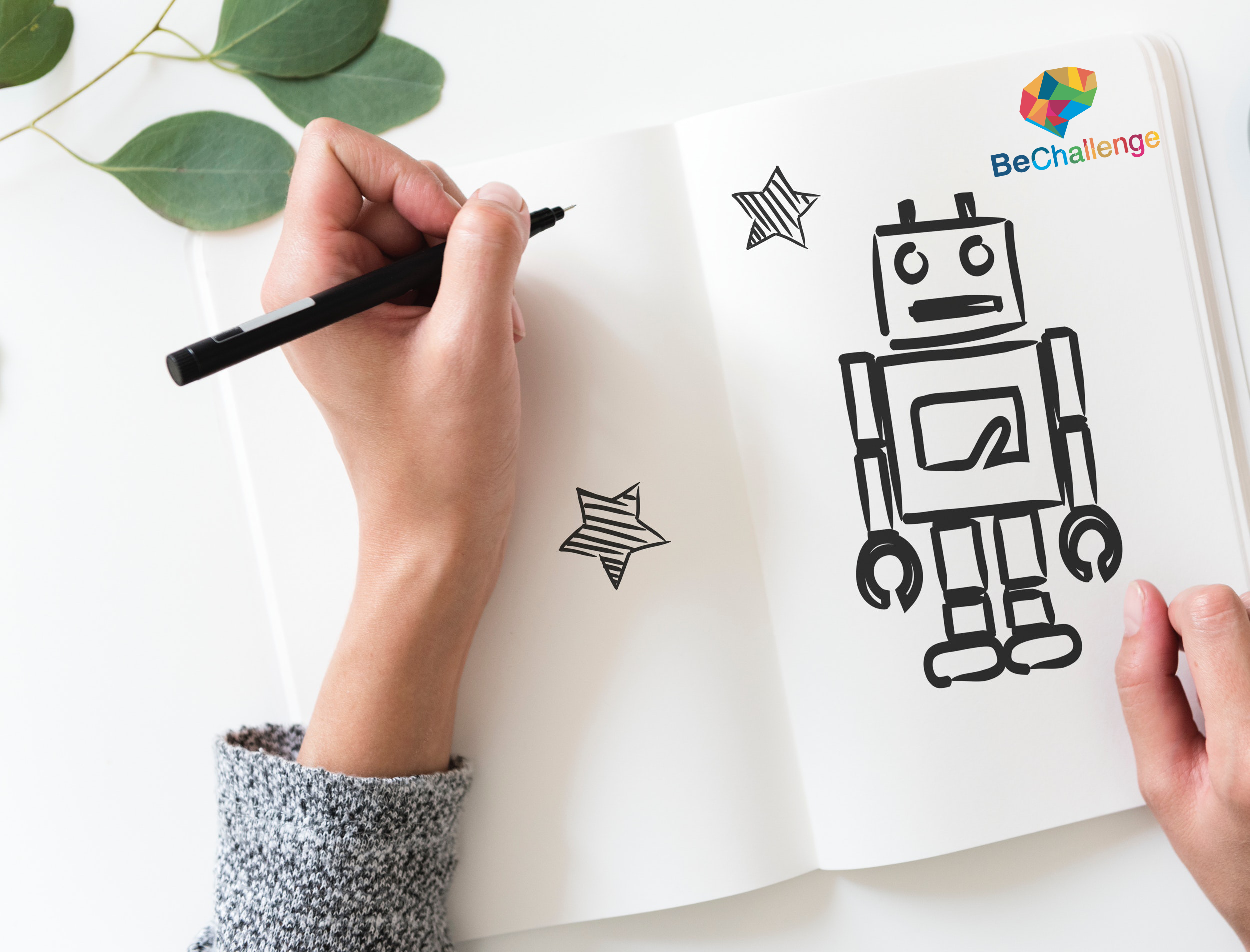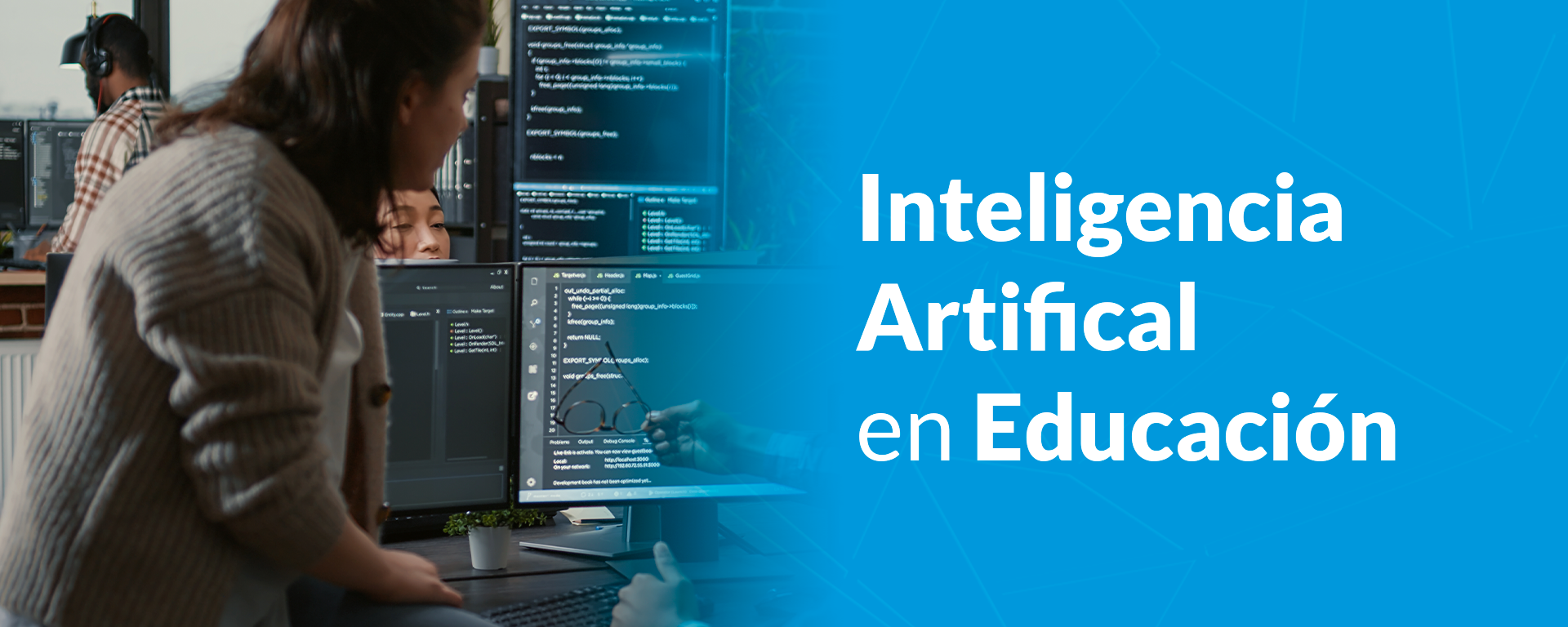Artificial intelligence for improved teaching and learning
Keywords: Artificial Intelligence, eLearning,
In order to monitoring our health or suggest what music to listen, monitoring our physical activity or travel. These and many other applications offer personalized user experiences and solutions using data extracted from the user's behavior and habits. All this through Artificial Intelligence.
In education, Artificial Intelligence is used to improve the teaching and learning process and, although it may seem new, back in the 90s there was already talk about micromundos, intelligent tutorials and computer-assisted teaching. The major criticism at the time was that these programs did not interact with the learner (Gross, 1992). Artificial intelligence is currently working in precisely that direction, in interaction and response personalization.
The Artificial Intelligence and Life in 2030 report published by the One Hundred Year Study on Artificial Intelligence (AI100)The report describes the state of research, implementation and challenges posed by the application of AI in different economic and social sectors: transportation, health, education, employment, security and entertainment, among others.
The report highlights as applications of AI in education personalization, intelligent tutoring, educational robotics and learning analytics (Learning Analytics). Artificial intelligence creates new learning ecosystems in which the learner experience is enhanced through the combination of NLP (natural language processing), Machine Learning, Learning Analytics and techniques crowdsourcing that allow adapting to learning styles and needs, grading short answers, scheduling assignments or performing peer assessment.
How artificial intelligence systems work
Learning Analytics makes it possible to process data extracted from online courses and obtain patterns about how we learn and use them to improve the quality of learning. In this context, the figure of the professor, far from being weakened, is strengthened. From the transmission of knowledge, the professor goes on to reinforce his or her role as a mentor, supporting students and facilitating their learning.
Intelligent tutoring systems link students with interactive machine tutors. Massive MOOC courses allow, through natural language processing (NLP) techniques, to serve classrooms with hundreds of students and offer them a personalized learning experience. At the same time, the data stored by the program on learning styles and needs are used for learning analytics. The importance of these techniques is not only seen in the classroom. Also in corporate training and informal learning, where face-to-face interaction is less important.
Some examples of the application of AI to learning
- Educational robotics: Lego Mindstorms or Dash and Dot (Wondershare), programmed by the students themselves.
- Intelligent Tutoring (IT): If we add intelligent tutoring, natural language processing and Automatic Speech Recognition (ASR) we get Duolingo, an automatic language learning program that recognizes our mistakes and directs our learning to solve them.
- Chatbots as tutors and teachers.Following the example of Duolingo, Duolingo Bots take the form of characters that react to thousands of possible answers. If at any time the user does not know the answer, the bots come to his aid by offering suggestions.
- MOOCsMassive Open Online Courses, in which intelligent tutoring systems based on AI make it possible to attend classrooms of hundreds of students, evaluating automatically. Using crowdsourcing techniques, Massive Open Online Research (MOOR) is an open access online research and development (R&D) platform aimed at large-scale participation over the Internet to achieve a new discovery, development or creation.
Along with AI in education, we can also talk about cognitive solutions. Watson, IBM's emotional intelligence, records students' profiles and creates patterns to answer their questions by adapting to their cognitive level. At the same time, it registers their performance, so that teachers can detect in which areas they need reinforcement. Cognitive solutions help educators better understand individual students' learning styles, preferences and aptitude.
 BeChallenge.io records the emociones of each student at the beginning of a session, asking them how their experience was the day before and how they are feeling today, giving the mentor/facilitator information about how learning will occur based on the participants' state of mind. This information is recorded on the teacher's dashboard and will give them tools to know what works with their students, what motivates them and how they interact when they are motivated. Challenge-based learning activates participants, makes them think critically, be creative, get involved in the situation they want to solve, collaborate with their peers and mentor, communicate. All these interactions generate feelings that can affect (positively) the way in which learning is generated in the group and in themselves.
BeChallenge.io records the emociones of each student at the beginning of a session, asking them how their experience was the day before and how they are feeling today, giving the mentor/facilitator information about how learning will occur based on the participants' state of mind. This information is recorded on the teacher's dashboard and will give them tools to know what works with their students, what motivates them and how they interact when they are motivated. Challenge-based learning activates participants, makes them think critically, be creative, get involved in the situation they want to solve, collaborate with their peers and mentor, communicate. All these interactions generate feelings that can affect (positively) the way in which learning is generated in the group and in themselves.

Ana Mira Vidal. eLearning Project Manager at bechallenge.io . Trainer in information competencies, specialist in information and user training in libraries.
[DISPLAY_ULTIMATE_PLUS]
¿Quieres transformar el aprendizaje en tu institución?
Solicita una demo gratuita y descubre cómo BeChallenge te acompaña en el proceso.
Solicita una demo gratuita

Conciso y completo para seguro pensando en la tecnología al servicio de los procesos educativos.